Ice therapy has long been a cornerstone of physical rehabilitation, offering a natural and effective way to manage pain, reduce swelling, and promote healing across various soft-tissue types. Whether you’re recovering from an injury, surgery, or simply seeking relief from everyday aches, the use of a physical therapy ice machine can transform your journey to recovery. This article explores how ice therapy works, its benefits for different soft-tissue injuries, and why modern tools like a cold therapy machine or ice therapy machine are game-changers in the world of recovery.
Understanding Ice Therapy and Its Mechanisms
At its core, ice therapy—often referred to as cryotherapy—involves applying cold temperatures to injured or inflamed areas of the body. The use of cold therapy constricts blood vessels, slows down inflammation, and numbs nerve endings to provide pain relief. For soft tissues like muscles, tendons, ligaments, and even skin, this approach can be a lifesaver, especially after an injury or surgery.
Traditional methods, such as an ice pack or cold pack, have been used for decades. However, advancements in technology have introduced tools like the cold therapy system and ice machine, which combine compression with cold temperature to enhance results. These therapy systems circulate cold water through specialized wraps, delivering consistent and controlled cold to targeted areas—think of it as an upgrade from the basic ice pack wrap to a motorized cold therapy solution.
Soft-Tissue Types and Ice Therapy Applications
Soft tissues vary in structure and function, and each type responds uniquely to ice cold therapy. Let’s break down how ice therapy benefits different soft-tissue injuries and why a physical therapy ice machine might be the perfect tool for the job.
Muscles: Easing Tension and Soreness
Muscle strains and overuse injuries are common, whether from sports, exercise, or repetitive tasks. When muscles are overworked, microtears can form, leading to inflammation and discomfort. Applying a cold therapy ice machine with active compression can reduce swelling and numb knee pain or shoulder soreness effectively. For instance, an ice machine for shoulder or knee ice machine delivers ice water directly to the muscle, speeding up injury recovery by minimizing blood flow to the area temporarily.
Imagine finishing a grueling workout and feeling that familiar ache creep in. Instead of reaching for a bag of frozen peas, a therapy device with compression and cold therapy offers a more reliable and effective cold therapy experience. The addition of water and ice in these machines ensures a steady flow of ice cold relief, making it a top cold therapy choice for muscle recovery.
Tendons: Targeting Tendonitis and Strain
Tendons, the tough cords connecting muscles to bones, are prone to conditions like tendonitis, especially in areas like the elbow, knee, or Achilles. These injuries often stem from repetitive motion and can linger without proper care. A cold therapy system with polar care capabilities can penetrate deep into the tissue, reducing inflammation and providing therapy for pain. The cold compression aspect helps stabilize the tendon, preventing further strain during the recovery from injury or surgery.
Picture a tennis player sidelined by elbow tendonitis. A cold therapy unit with a universal pad for knee or elbow could become their best friend, offering adjustable cold to soothe the ache while they rest. This therapy to help isn’t just about cooling—it’s about giving the tendon a chance to heal without invasive measures.
Ligaments: Supporting Sprains and Tears
Ligaments, which connect bones to other bones, often suffer sprains or tears during sudden twists or impacts. A twisted ankle or a knee replacement surgery can leave ligaments vulnerable and swollen. Here, a physical therapy ice machine shines by combining compression therapy with cold water therapy. The cold and compression duo reduces edema (swelling) and supports the ligament as it repairs itself, making it ideal for surgery recovery or post-surgery care.
Consider someone recovering from surgery on their knee. An ice machine for knee surgery with game ready wraps could provide continuous cold to the joint, easing discomfort and promoting mobility. The polar active ice 3.0 approach—think steady, circulate cold relief—takes ligament recovery to the next level.
Skin and Superficial Tissues: Managing Bruises and Burns
While not as deep as muscles or tendons, the skin and its underlying layers can benefit from ice therapy machine applications too. Bruises, minor burns, or even post-surgical incisions respond well to cold therapies. A cold pad or ice pack can minimize bruising by constricting blood vessels, while polar ice therapy soothes irritated skin.
For example, after a cosmetic procedure, a therapy system with large ice capacity and system with large adjustable cold settings could gently cool the skin, reducing redness and swelling. It’s a simple yet effective therapy that proves ice isn’t just for deep tissues—it’s versatile enough for surface-level care too.
Why Choose a Physical Therapy Ice Machine?
You might wonder: why upgrade from a basic ice pack to a physical therapy ice machine? The answer lies in precision, consistency, and comfort. Traditional cold pack methods are effective but short-lived—ice melts, and the relief fades. A cold therapy machine, on the other hand, uses a battery pack or power source to maintain cold temperature for extended therapy sessions. Add compression into the mix, and you’ve got a cold compression therapy powerhouse that outperforms static cooling.
Take knee surgery as an example. A knee ice machine with game ready’s technology can wrap around the joint, delivering cold therapy for knee with active cold pressure to reduce swelling faster than a standard ice pack wrap. This machine for post-surgery care ensures you’re not just managing pain—you’re accelerating your knee recovery.
Benefits of Ice Therapy with Compression
The marriage of compression and cold therapy is where modern therapy units truly shine. Here’s why this combination is a game ready offers standout:
- Enhanced Circulation Control. Cold compression slows blood flow to reduce swelling, then gradually allows it back to promote healing—a perfect balance for surgery or injury recovery.
- Deeper Penetration. The pressure from compression pushes the ice cold sensation deeper into tissues, making it more effective than surface-level cooling.
- Customizable Relief. Machines with programable ice or adjustable cold settings let you tailor the experience, whether you need hot and cold alternation or steady perfect cold.
- Convenience. No more refilling bags with addition of ice and water—a cold therapy ice machine keeps the ice water flowing, so you can focus on healing.For someone with a shoulder after surgery, an ice machine for shoulder with cold therapy treatment could mean the difference between restless nights and restful recovery after surgery. It’s therapy can help in ways a basic cold pack can’t match.
Practical Tips for Using Ice Therapy Machines
Ready to try a physical therapy ice machine? Here’s how to make the most of it:
- Target the Area. Use a machine with universal pads for flexibility—whether it’s an ice machine for knee or a universal pad for knee, ensure it fits snugly.
- Time It Right. Sessions of 15-20 minutes are ideal for effective cold therapy machine use. Too long, and you risk numbing too much; too short, and you miss the benefits.
- Combine with Rest. Pair your therapy machine today with elevation and rest for top cold therapy machines results, especially for knee pain or orthopedic injury or surgery.
- Stay Consistent. Regular use of a reliable cold therapy device can turn need cold therapy into a proactive step toward healing.
Imagine a weekend warrior with a sprained ankle. They grab their cold therapy solutions, set up the machine for your need, and let the controlled cold work its magic. By Monday, they’re back on their feet, thanks to therapy to help them recover.
Ice Therapy in Surgery and Injury Recovery
For those facing knee replacement or surgery cold scenarios, a physical therapy ice machine is a must-have. Post-operative swelling can delay healing, but machines for pain relief with compression and cold therapy tackle it head-on. The cold therapy unit keeps tissues cool, reducing the need for heavy pain meds and supporting a smoother journey to recovery.
Even beyond surgery, injury recovery benefits from cryotherapy ice machine precision. A runner with shin splints or a worker with a strained back can find solace in cold therapy treatment, turning surgery or injury setbacks into manageable hurdles.
Finding the Right Ice Therapy Solution
With so many machines today available, how do you find the right machine? Look for a therapy device that offers continuous cold, compression, and ease of use. Whether it’s an oasisspace cold therapy setup or a machine for post-surgery with large ice capacity, prioritize what fits your lifestyle. A cold therapy for knee might differ from a shoulder after surgery need, so versatility is key.
Conclusion: The Power of Cold for Soft-Tissue Healing
Ice therapy isn’t just about slapping on an ice pack—it’s a science-backed approach to healing that’s evolved with tools like the physical therapy ice machine. From muscles to ligaments, polar care and cold compression deliver pain relief and speed up recovery from injury or surgery. Whether you’re soothing knee pain or easing post-surgery discomfort, these therapy systems offer a perfect cold solution that’s both effective and enjoyable.
So, next time you twist an ankle or prep for knee surgery, consider the use cold power of a cold therapy machine. It’s not just about cooling—it’s about reclaiming your comfort and getting back to life, one ice cold session at a time.
The two—channel electric massager is your personal assistant in maintaining health and well-being. Combining efficiency and convenience, it allows you to enjoy the benefits of professional massage at home. You can buy this device at the best price in our online store.

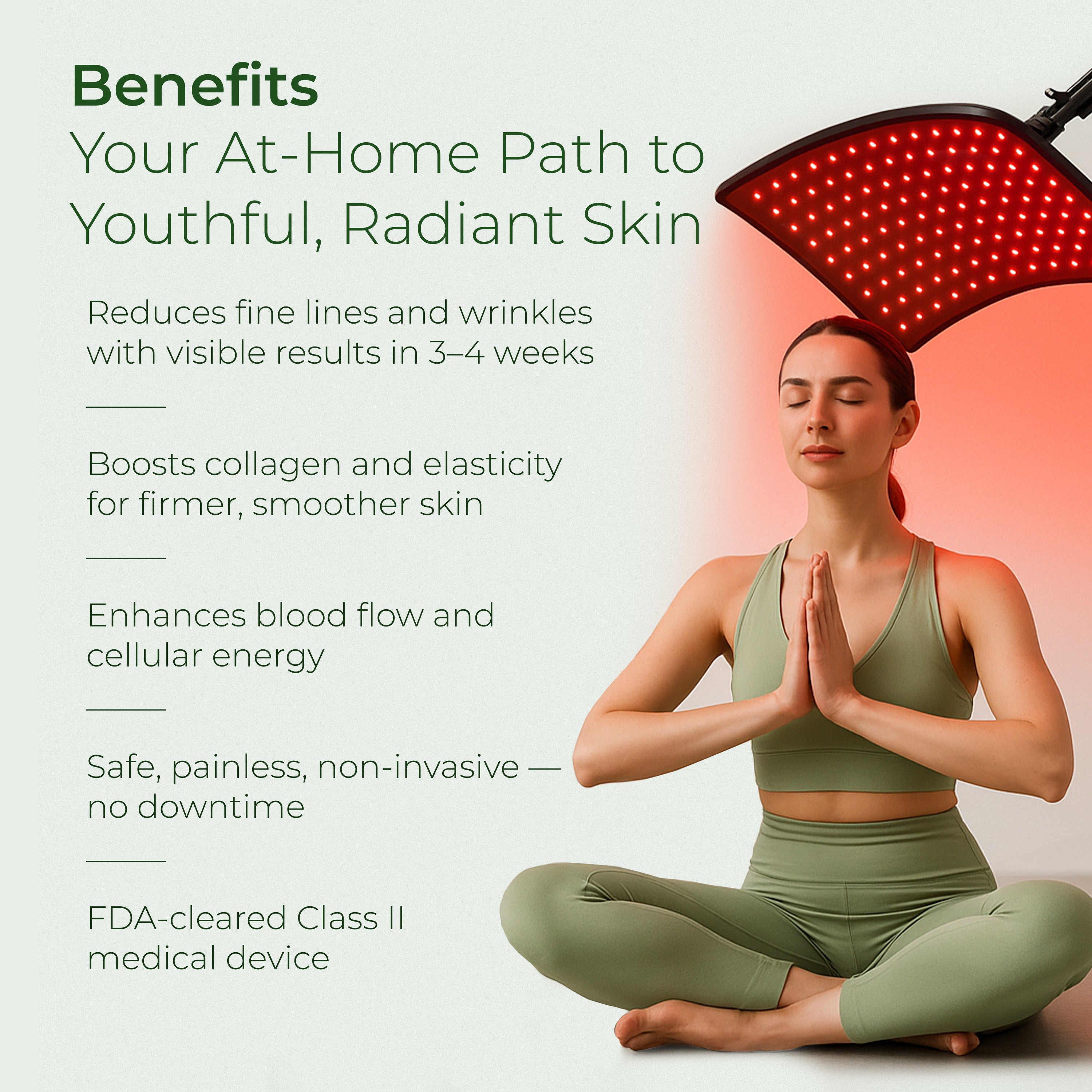
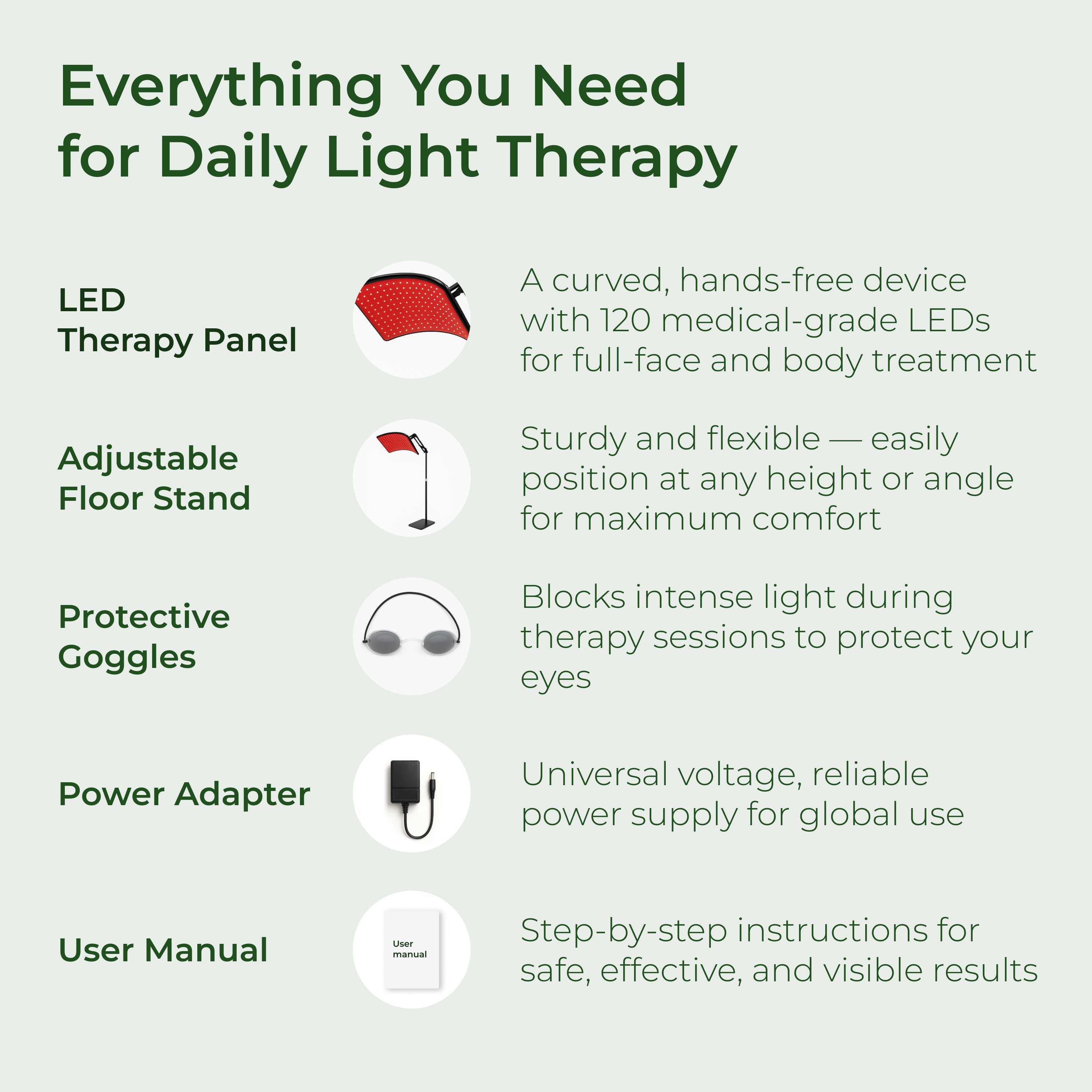

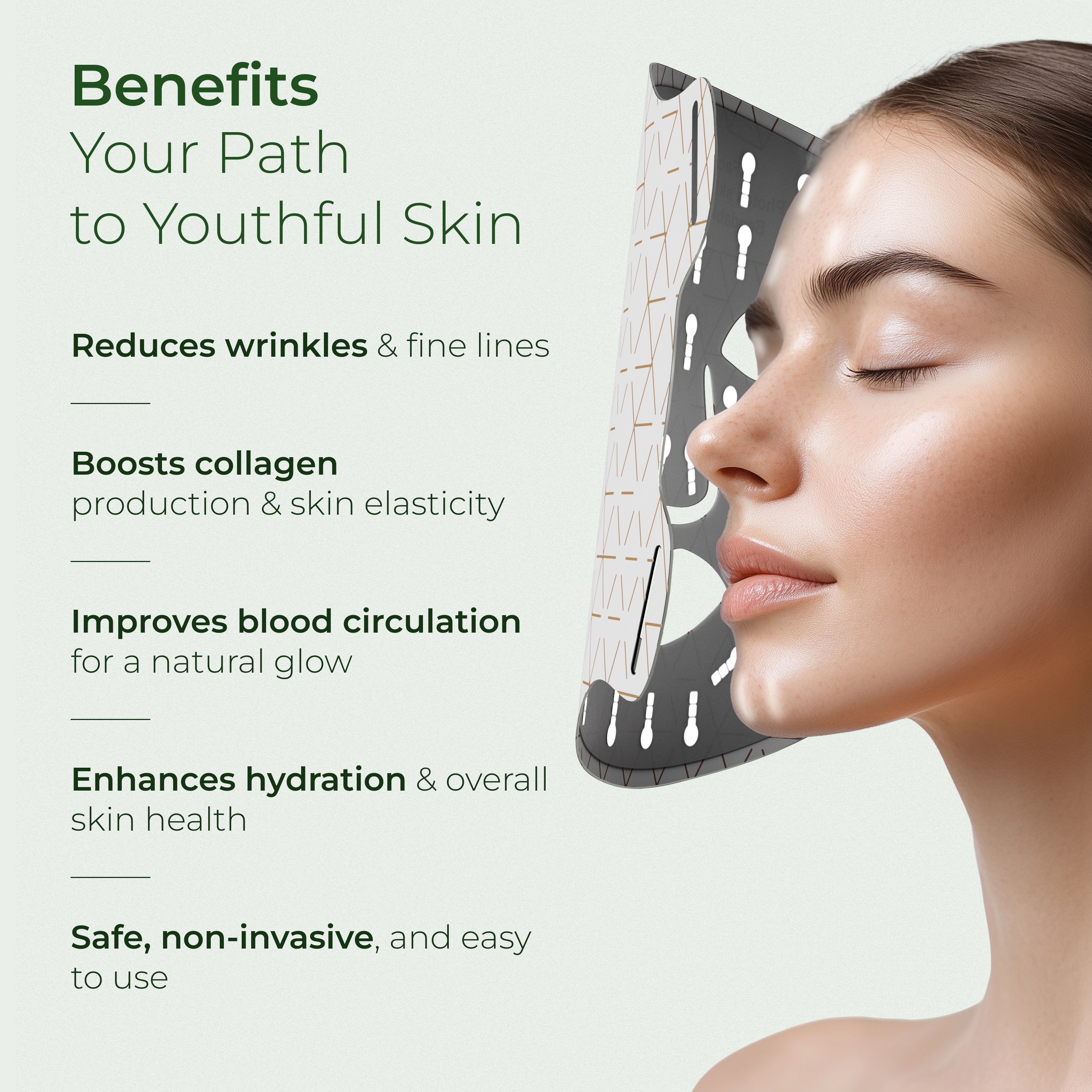
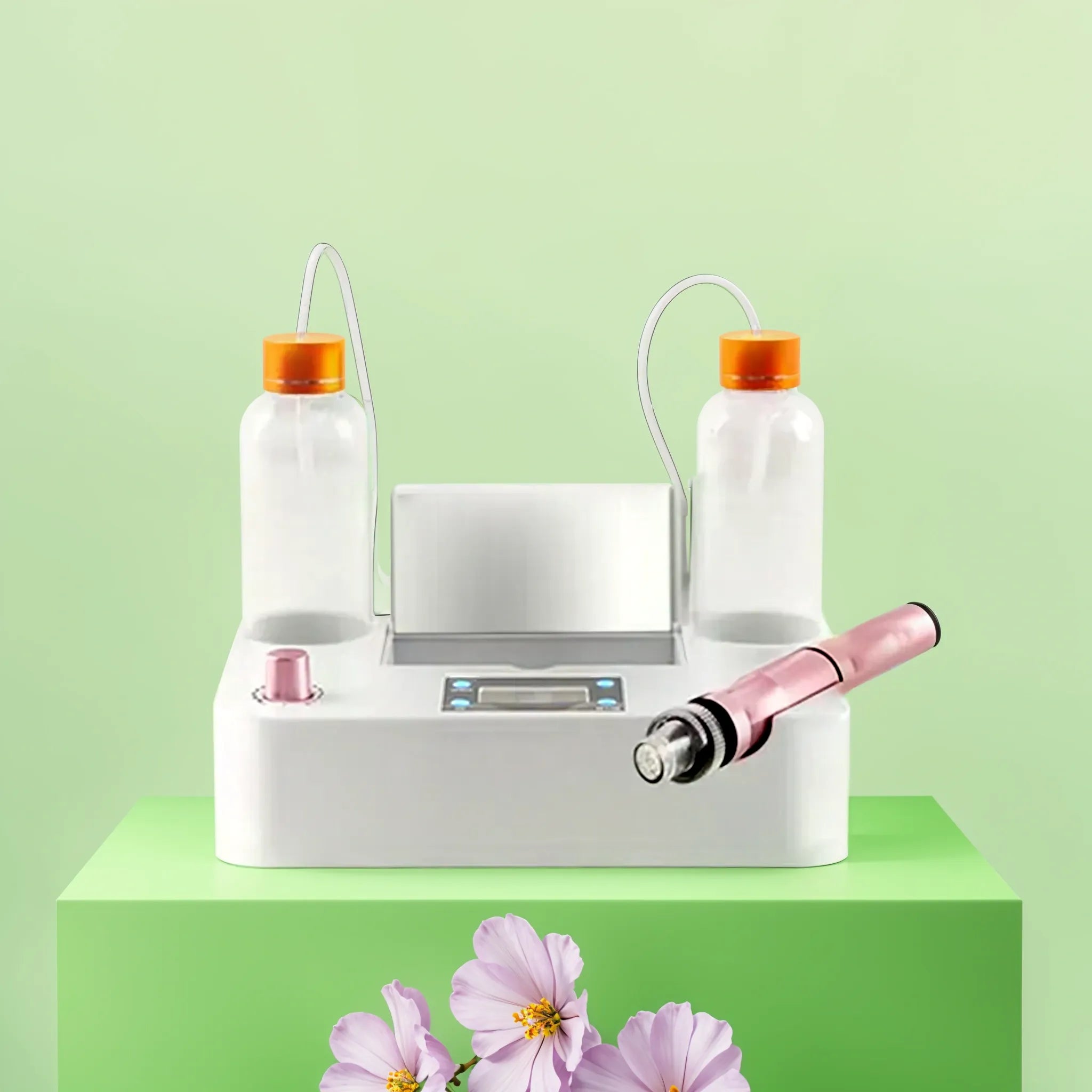

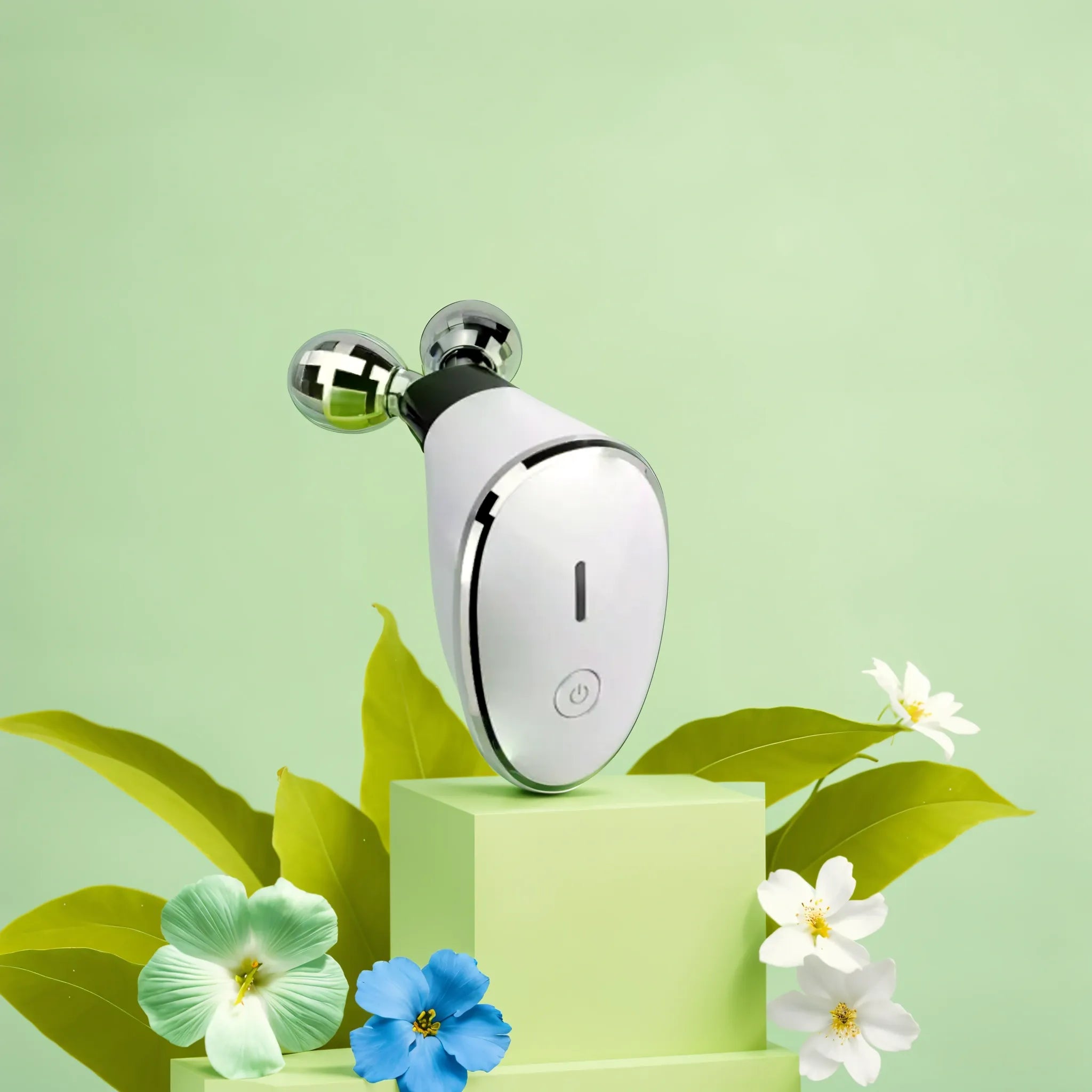
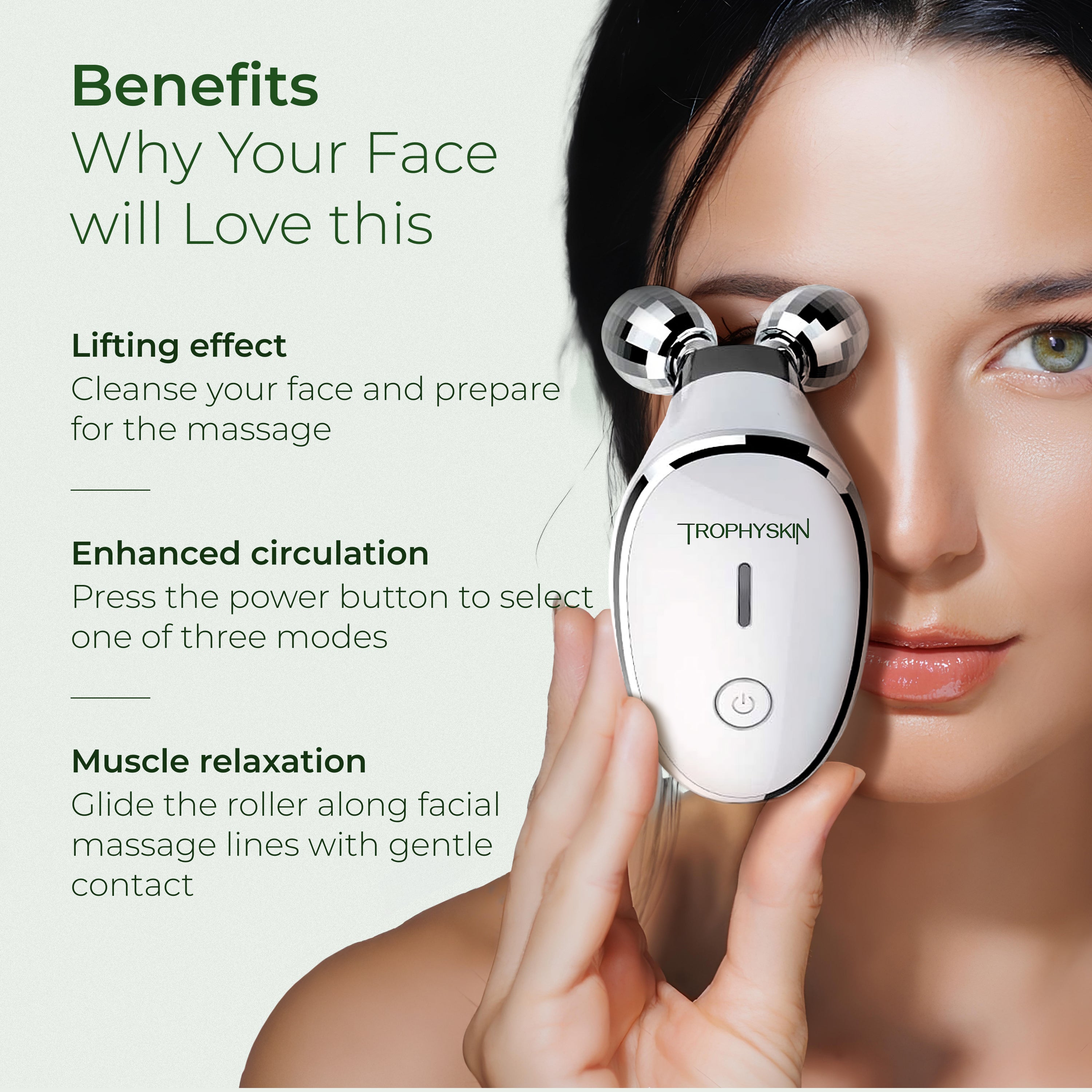



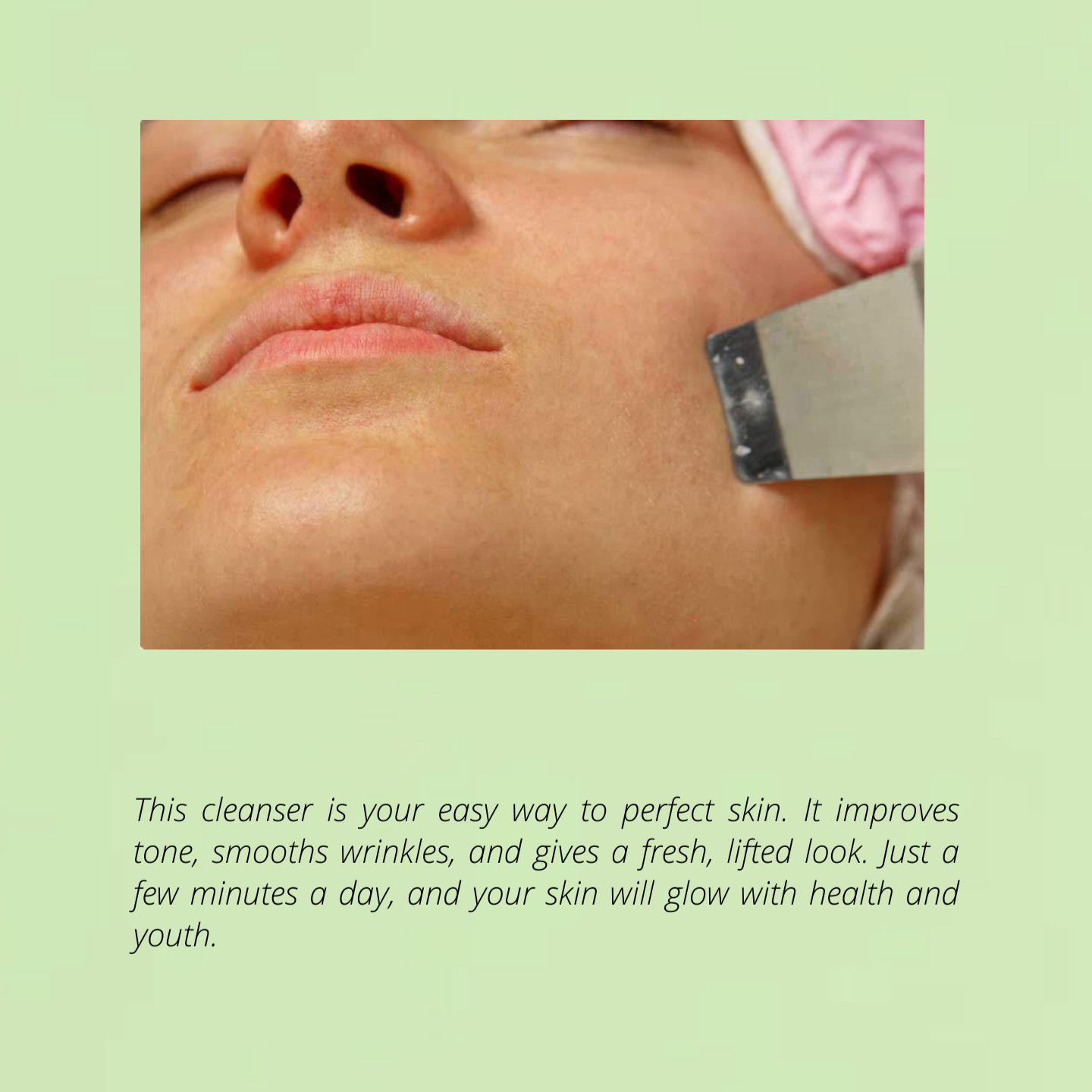

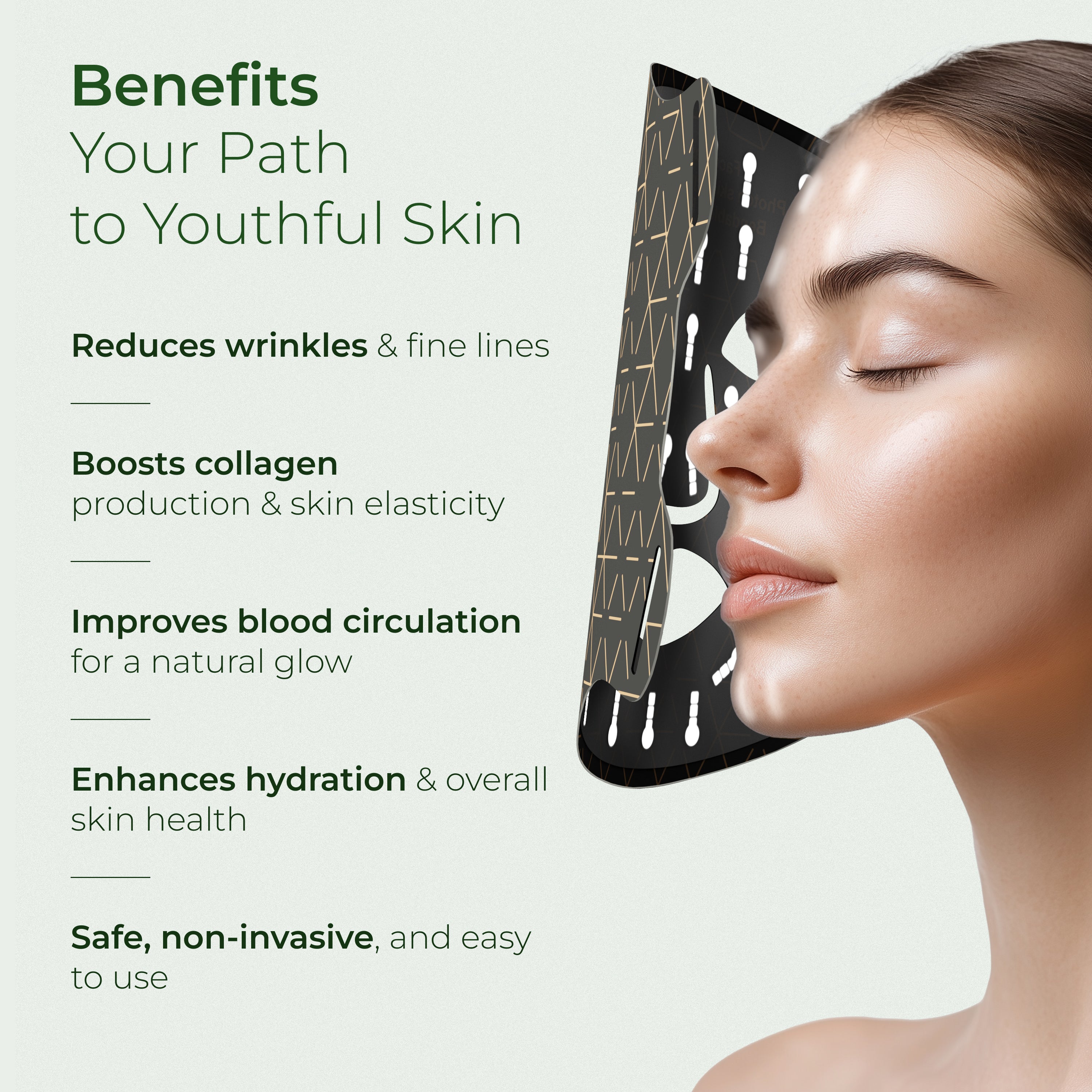
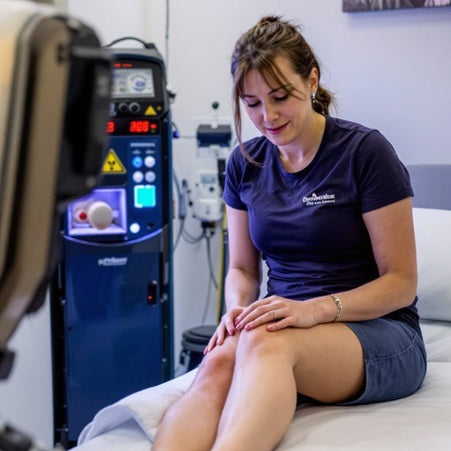
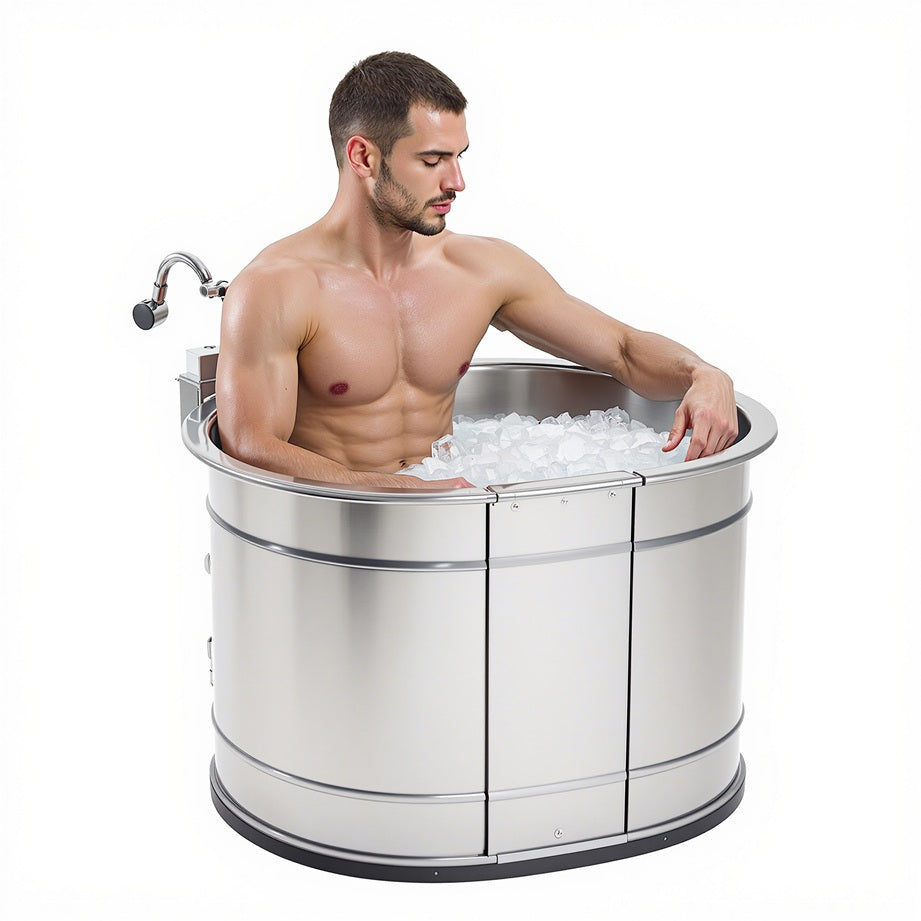
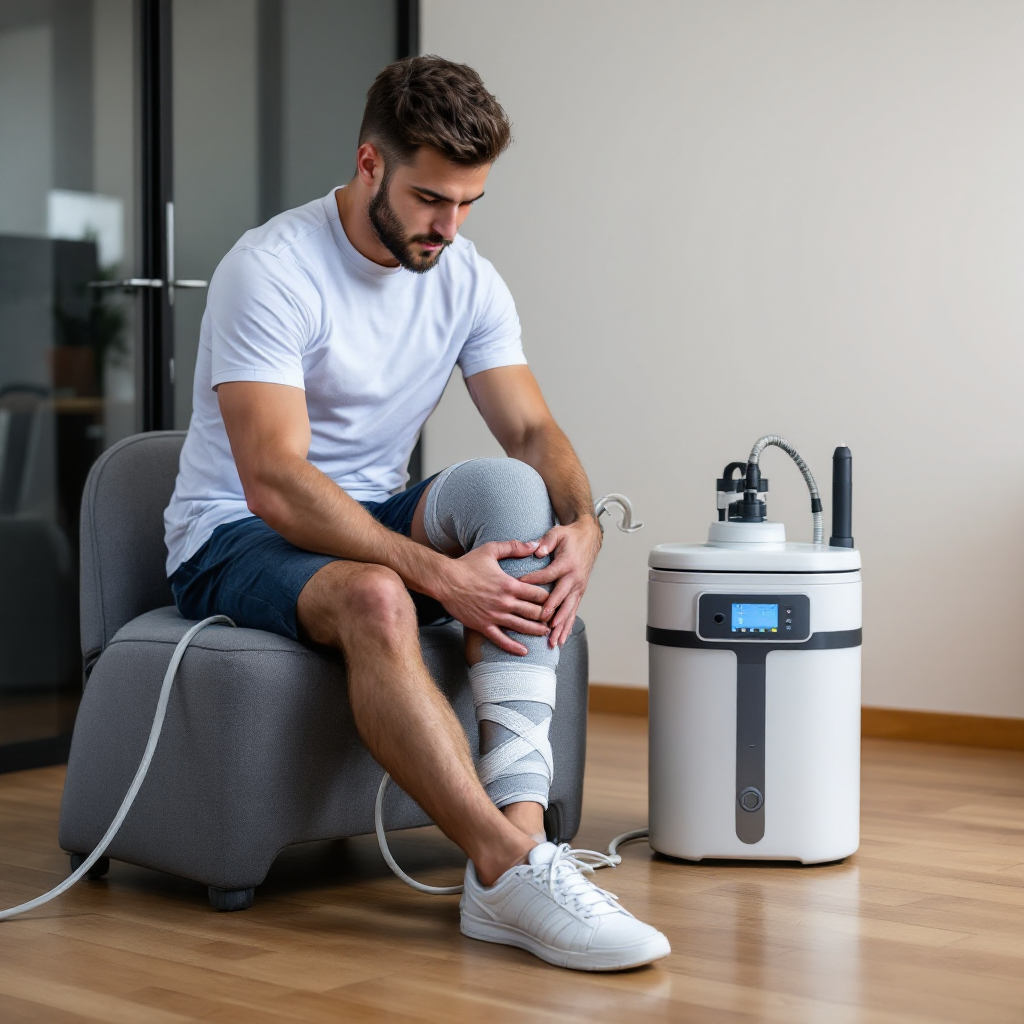
Leave a comment
This site is protected by hCaptcha and the hCaptcha Privacy Policy and Terms of Service apply.